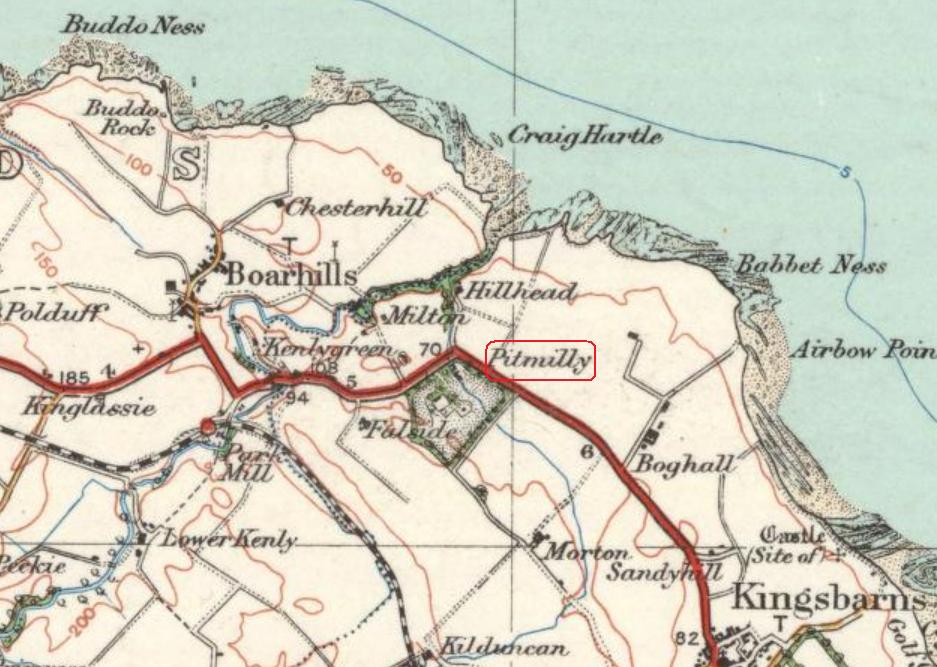
 |
| Pitmilly House circa 1870's Thanks to Doronée Monypenny 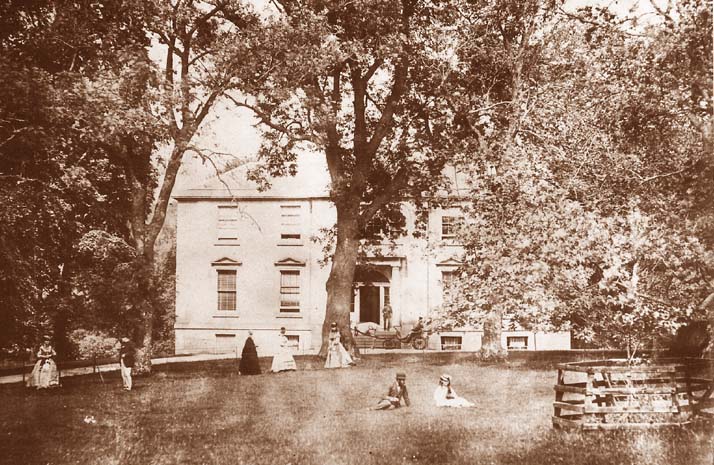 {Rev} James Isaac Monypenny, 25th Laird of Pitmilly, moved to Pitmilly in July 1871. |
Thanks to Scotland's Lost Country Homes for the next image.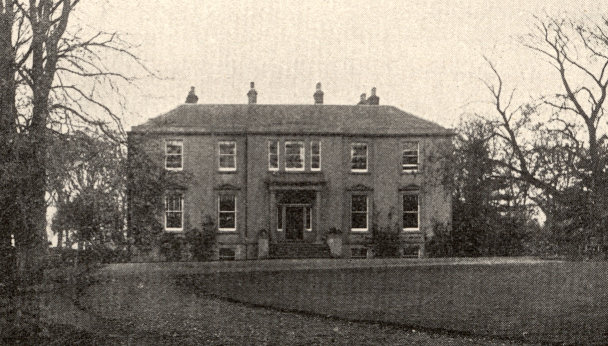 One of the trees which was cut down gave rise to a Pitmilly ghost, referred to as the Green Lady, who was perhaps bemoaning the fact that a favourite tree had gone. |
| Pitmilly Hotel circa 1964 Pitmilly House was sold by the Monypennys circa 1928 and eventually converted into a hotel. Thanks to Douglas Campbell at Flickr. 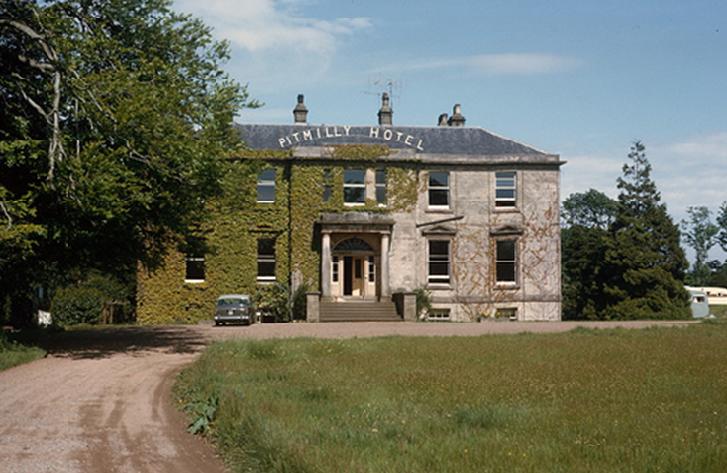 |
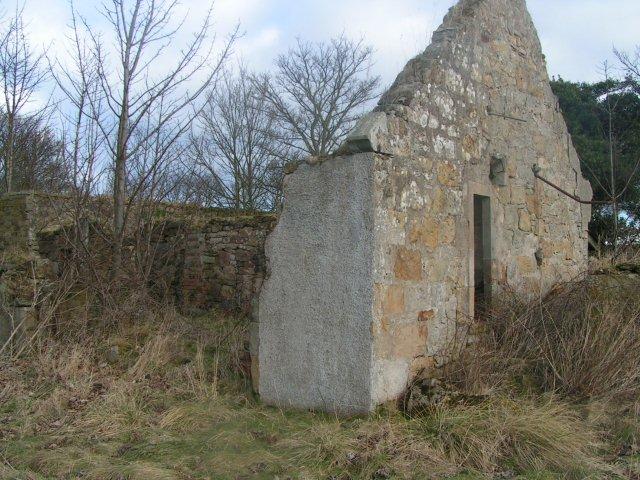 |
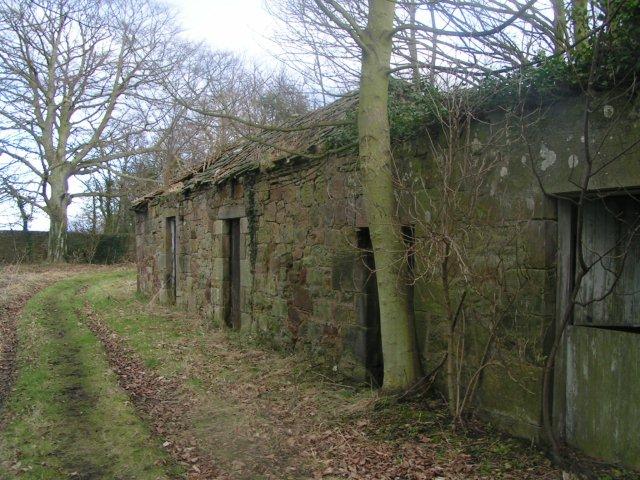 |
| Maytham Hall circa 1760 with coach house and walled garden behind, and “bothy” on the extreme right. 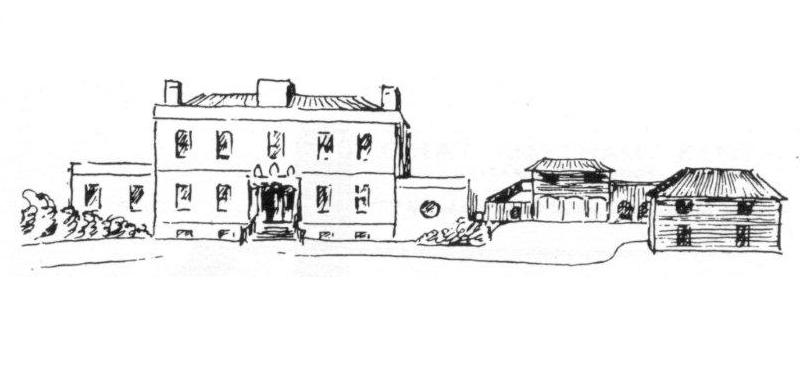 |
Maytham Hall circa 1880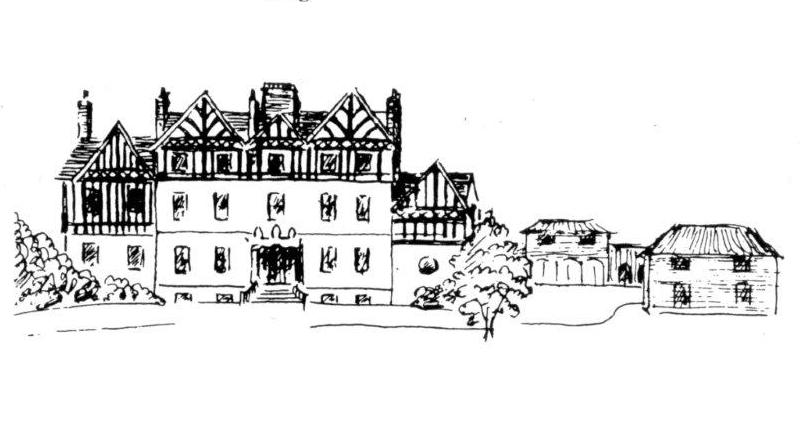 |
| Great Maytham Hall circa 2003 Photograph courtesy of Doronée Monypenny 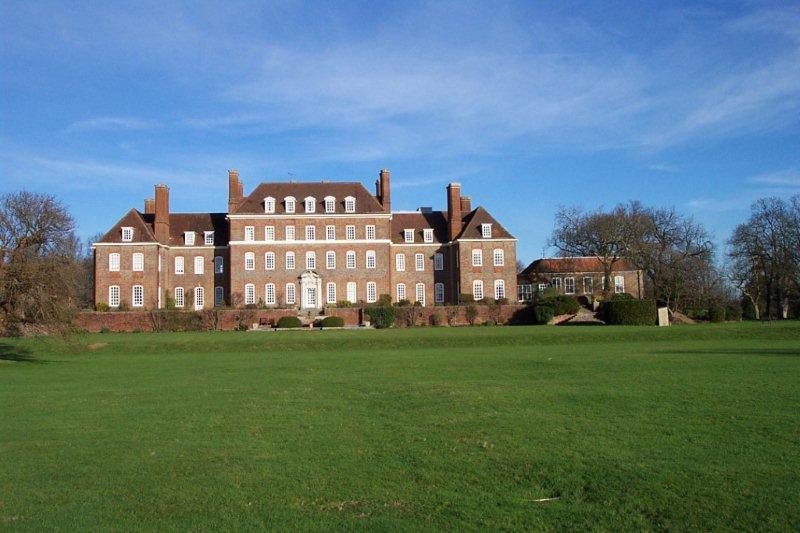 |
| The Gate House as seen from Maytham Road 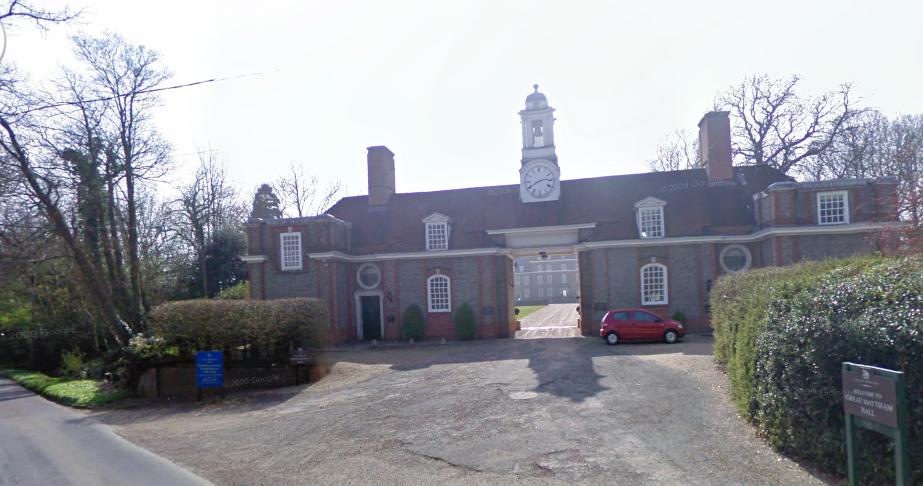 |
| The "Secret Garden" Courtesy of Geograph Britain and Ireland 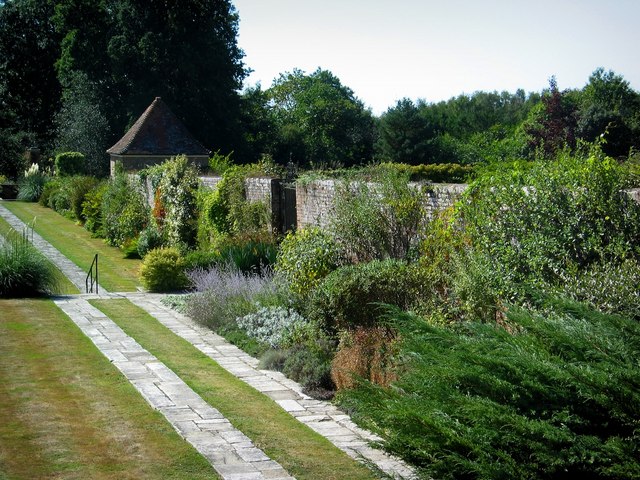 |
| Merrington Place as seen from Hastings Road 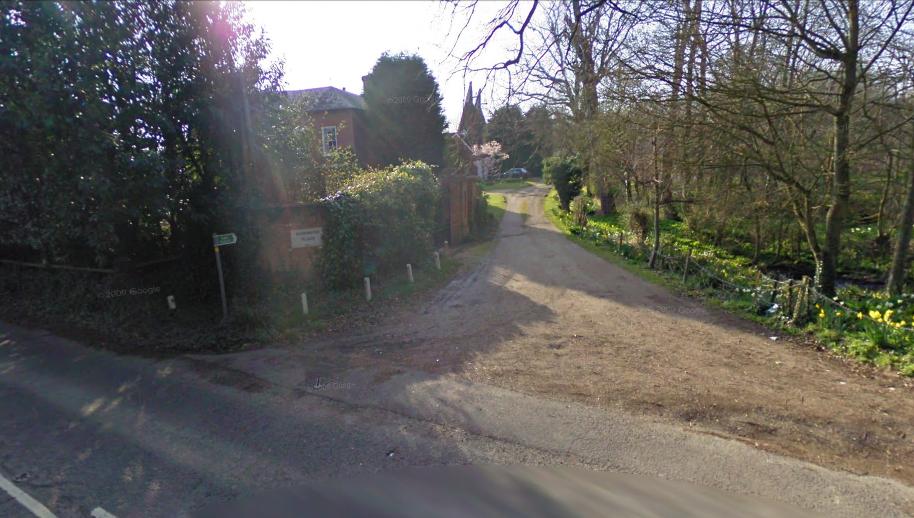 |
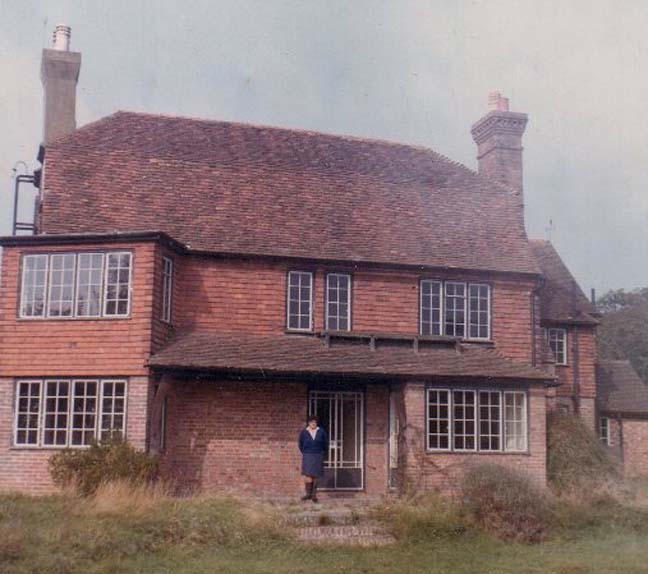 "Min" standing at the door. |
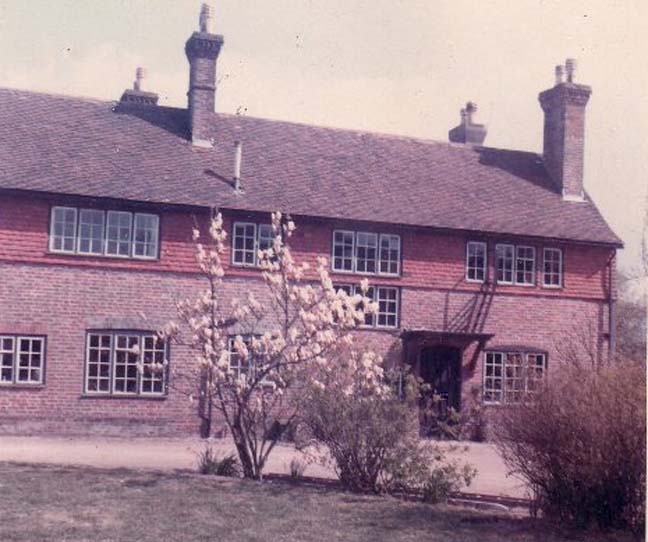 |
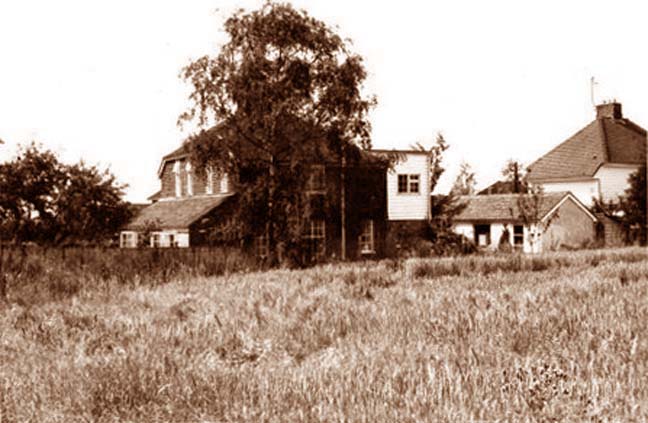 |
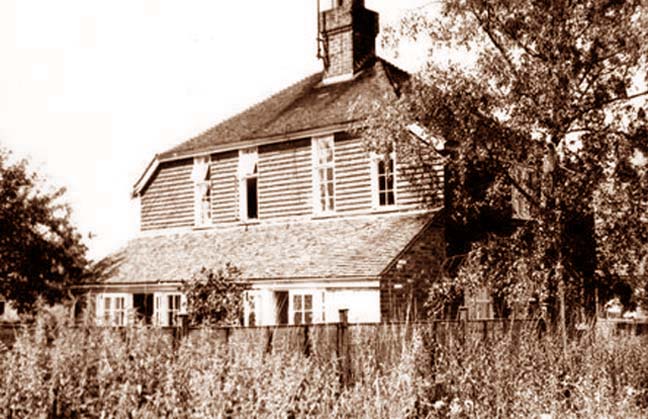 |
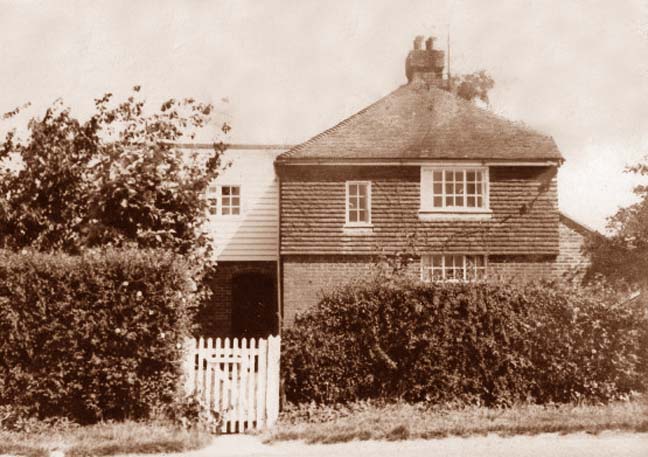 |